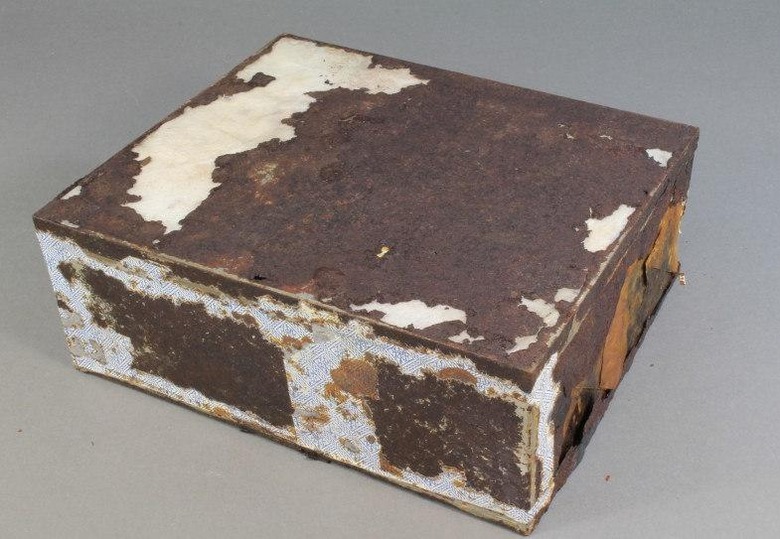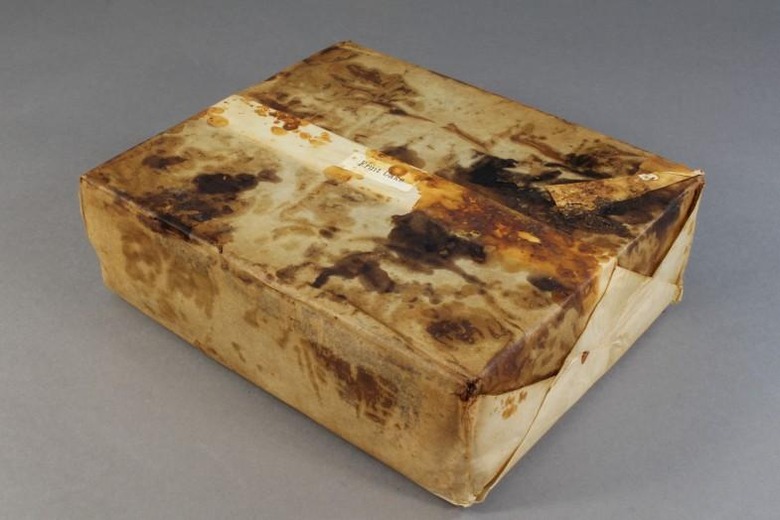100-year-old Antarctic fruitcake found in great condition is 'almost edible'
A 100-year-old fruitcake has been retrieved from Antarctica, and it is described as being 'almost edible.' Though no one is going to sample a piece of this soon-to-be-ancient cake, the brick of dessert has undergone preservation efforts to keep it in good shape as a piece of exploratory history. The cake is thought to originate from a voyage to Antarctica that took place in the early 1900s.
If there's any dessert on the planet that is often present but rarely consumed, it's fruitcake. It's perhaps no surprise, then, that explorers failed to consume this rectangular treat, instead leaving it behind in a tin box as what is now a simple curiosity. Images of the fruitcake, as well as details about it and the restoration process, were published by the Antarctic Heritage Fund.

The fruitcake was recovered from Cape Adare, where multiple artifacts were recovered. The tin and the cake within were made by a company called Huntley & Palmers; the tin, though in bad shape, was still protecting the cake, which itself is still wrapped in its original paper. Nothing about the packaging looks pleasant, but those who have handled the fruitcake say it looks and smells basically like normal.

To prevent any further damage to the item, researchers treated the rusted tin with a chemical stabilizer, then removed the rust and coated the metal. The tin's label underwent deacidification, and the paper had some minor repairs made to tears. The cake wasn't messed with, however, as it is apparently well-preserved by its very nature.
Overall, this conservation project resulted in restoring and otherwise saving about 1500 artifacts from Cape Adare. Talking about the fruitcake in particular, the program's manager of artifacts Lizzie Meek explained:
With just two weeks to go on the conservation of Cape Adare artifacts, finding such a perfectly preserved fruitcake in amongst the last handful of unidentified and severely corroded tins was quite a surprise. It's an ideal high-energy food for Antarctic conditions, and is still a favorite item on modern trips to the ice.
SOURCE: Antarctic Heritage Fund
